An official launch date for the new accessibility features is yet to be announced but Apple has confirmed that it will be by the end of 2023.
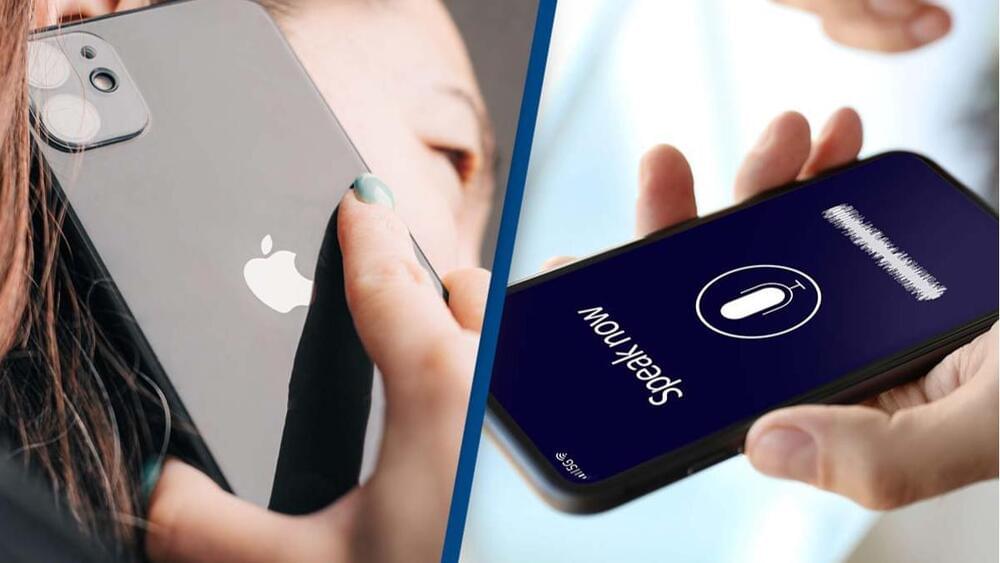

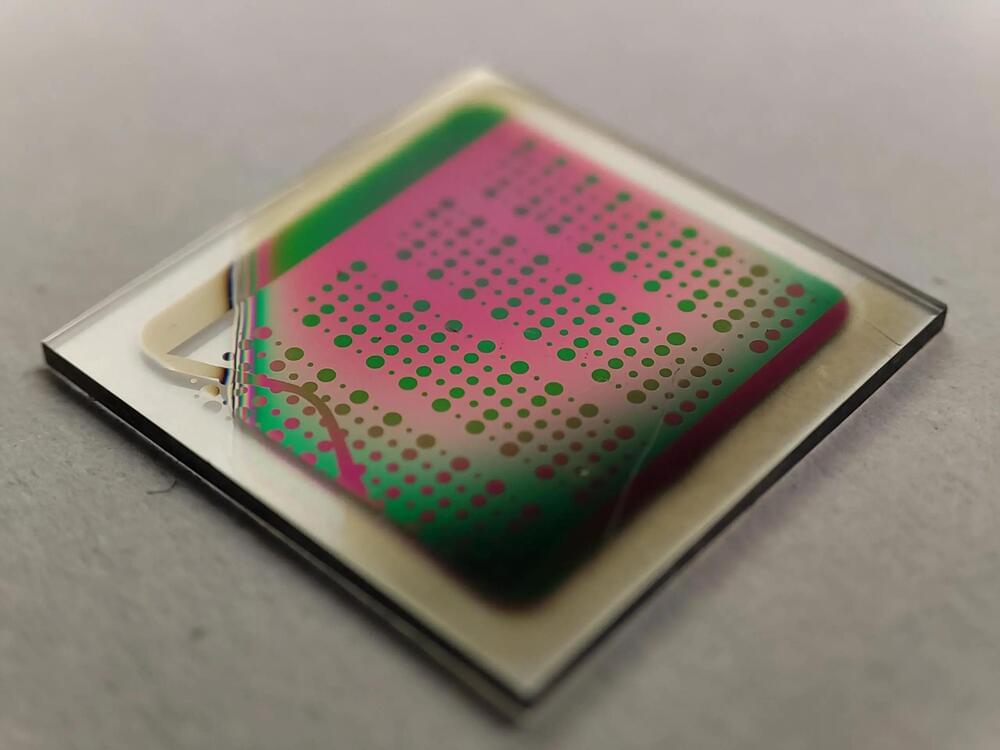
Researchers at TU Wien (Vienna) have developed a groundbreaking oxygen-ion battery, which boasts exceptional durability, eliminates the need for rare elements, and solves the problem of fire hazards.
Lithium-ion batteries, while commonplace in today’s world – powering everything from electric vehicles to smartphones – aren’t necessarily the optimal solution for all applications. Researchers at TU Wien have made a breakthrough by creating an oxygen-ion battery that offers several significant advantages. While it may not match the energy density of lithium-ion batteries, its storage capacity doesn’t diminish irreversibly over time, making it capable of an exceptionally long lifespan as it can be regenerated.
Moreover, the fabrication of oxygen-ion batteries doesn’t require scarce elements and involves non-combustible materials. The innovative battery concept has already led to a patent application, filed in collaboration with partners in Spain. These oxygen-ion batteries could provide an outstanding solution for large-scale energy storage systems, such as those required to hold electrical energy from renewable sources.
Scammers are now cloning people’s voices and using it to scam people.
So just hearing them over the phone may not be enough to their identity.
Former FBI special agent Tracy Walder joined “NewsNation Prime” to discuss how to protect yourself from AI phone scams after an Arizona mother received a fake ransom call that used a simulation of her daughter’s voice.
“NewsNation Prime” is America’s source for unbiased news offering a full range of perspectives from across the U.S. Weekends starting at 7p/6C. #Prime.
NewsNation is your source for fact-based, unbiased news for all America.
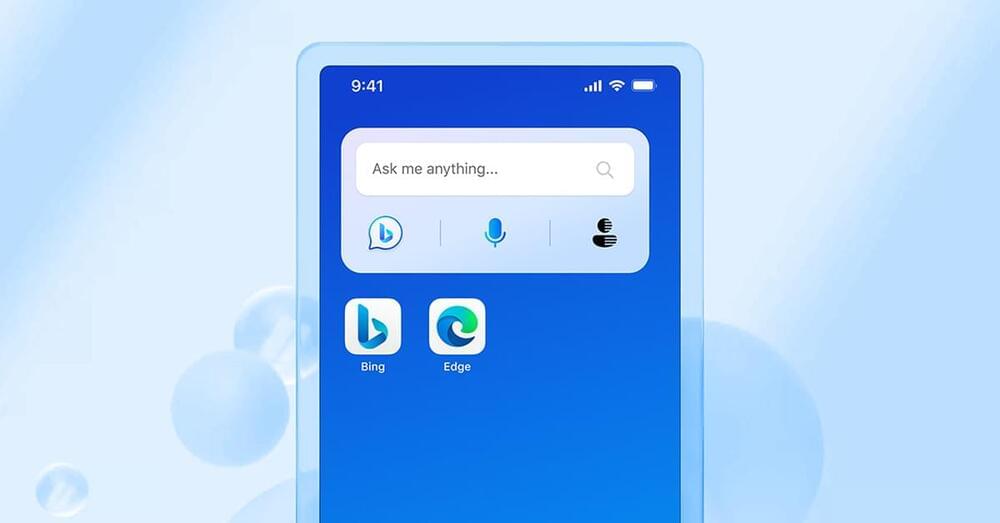
Microsoft only just announced a round of new updates to its GPT-4-powered Bing Chat earlier this month, and it’s back today with some big improvements for mobile users. Just days after Google rebranded its AI tools for Docs and Gmail as Duet AI, Microsoft is now focused on mobile with contextual chat for Edge mobile, a Bing widget for iOS and Android, and even continuous Bing Chat conversations between mobile and desktop.
These new mobile-first features arrive just as Microsoft finishes rolling out its new image and video answers, restaurant bookings, and chat history features that were all announced earlier this month. Microsoft only launched Bing Chat nearly 100 days ago, and it’s showing no signs of slowing down with its AI announcements.
Starting today, you’ll now be able to start a Bing Chat conversation on a PC and then pick it up on mobile. Microsoft uses the example of asking Bing Chat to create a recipe for you on a PC and then asking it to provide a substitute on the mobile app when you’re at a grocery store and they’ve run out of an ingredient. This is starting to roll out today and will be available to all iOS and Android users within the next week.
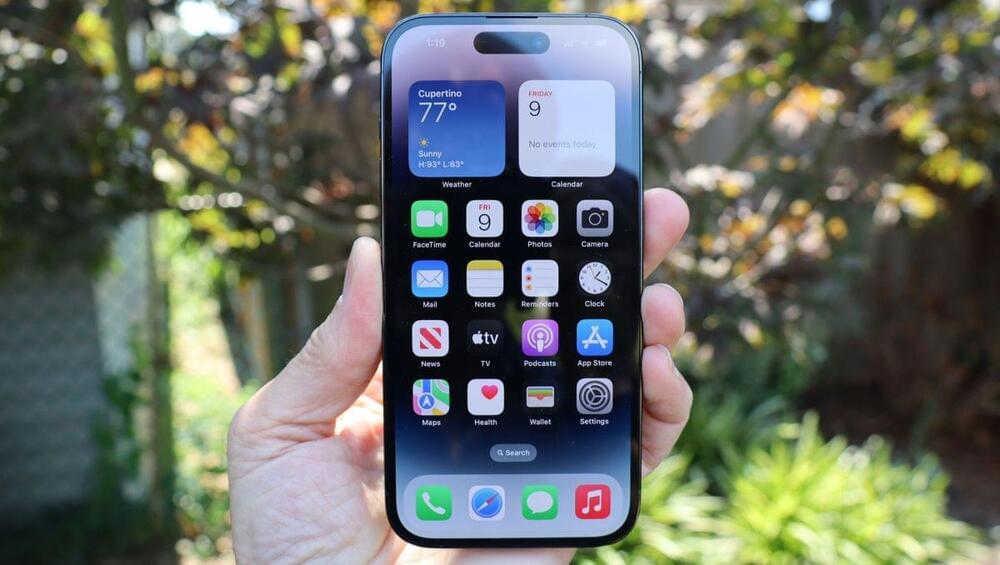
Since the system is designed to help those who are losing their voices due to motor or cognitive impairment, the training is also flexible. If you can’t do a 15-minute training session, you can stop and start until you’ve made it through all the sentences. In addition, the training system is self-guided, so there’s no screen-tapping necessary.
While the system is not designed as a voice-over system, you can use Personal Vocie to save often-used phrases like “How are you?” “Thank you,” and “Where is the bathroom?”
Personal Voice will live under Settings/Accessibility on the iPhone, iPad, and Mac, and works with any of these devices running Apple silicon. For now, it only supports English.

The feature image you see above was generated by an AI text-to-image rendering model called Stable Diffusion typically runs in the cloud via a web browser, and is driven by data center servers with big power budgets and a ton of silicon horsepower. However, the image above was generated by Stable Diffusion running on a smartphone, without a connection to that cloud data center and running in airplane mode, with no connectivity whatsoever. And the AI model rendering it was powered by a Qualcomm Snapdragon 8 Gen 2 mobile chip on a device that operates at under 7 watts or so.
It took Stable Diffusion only a few short phrases and 14.47 seconds to render this image.
This is an example of a 540p pixel input resolution image being scaled up to 4K resolution, which results in much cleaner lines, sharper textures, and a better overall experience. Though Qualcomm has a non-algorithmic version of this available today, called Snapdragon GSR, someday in the future, mobile enthusiast gamers are going to be treated to even better levels of image quality without sacrificing battery life and with even higher frame rates.
This is just one example of gaming and media enhancement with pre-trained and quantized machine learning models, but you can quickly think of a myriad of applications that could benefit greatly, from recommendation engines to location-aware guidance, to computational photography techniques and more.
We just needed a new math for all this AI heavy lifting on smartphones and other lower power edge devices, and it appears Qualcomm is leading that charge.

Update: The image for the ChatGPT 3.5 and vicuna-13B comparison has been updated for readability.
With the launch of Large Language Models (LLMs) for Generative Artificial Intelligence (GenAI), the world has become both enamored and concerned with the potential for AI. The ability to hold a conversation, pass a test, develop a research paper, or write software code are tremendous feats of AI, but they are only the beginning to what GenAI will be able to accomplish over the next few years. All this innovative capability comes at a high cost in terms of processing performance and power consumption. So, while the potential for AI may be limitless, physics and costs may ultimately be the boundaries.
Tirias Research forecasts that on the current course, generative AI data center server infrastructure plus operating costs will exceed $76 billion by 2028, with growth challenging the business models and profitability of emergent services such as search, content creation, and business automation incorporating GenAI. For perspective, this cost is more than twice the estimated annual operating cost of Amazon’s cloud service AWS, which today holds one third of the cloud infrastructure services market according to Tirias Research estimates. This forecast incorporates an aggressive 4X improvement in hardware compute performance, but this gain is overrun by a 50X increase in processing workloads, even with a rapid rate of innovation around inference algorithms and their efficiency. Neural Networks (NNs) designed to run at scale will be even more highly optimized and will continue to improve over time, which will increase each server’s capacity. However, this improvement is countered by increasing usage, more demanding use cases, and more sophisticated models with orders of magnitude more parameters. The cost and scale of GenAI will demand innovation in optimizing NNs and is likely to push the computational load out from data centers to client devices like PCs and smartphones.
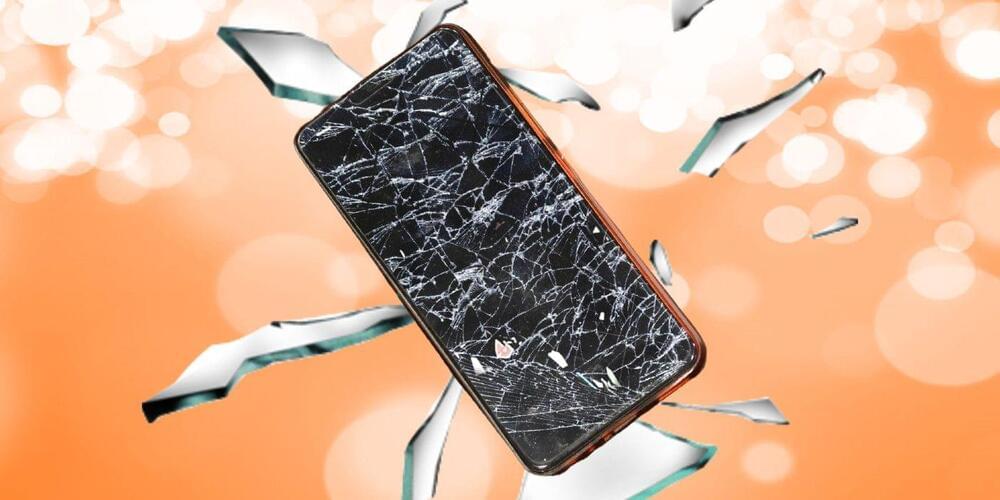
Year 2021 face_with_colon_three
Researchers at the University of Queensland in Australia claim to have invented the next generation of composite glass that they say could help make unbreakable smartphone screens in the future. While scientists have been working to create unbreakable glass for years, the technology has largely remained out of reach. Despite increased research in this area over the years, there’s no solution yet that is implementable on a commercial scale, which means despite various display protection technologies, glass remains pretty much as fragile and brittle as it has always been.

While the study doesn’t prove causation, it raises important questions about the potential health risks of mobile phone use and highlights the need for further investigation.
Have you ever considered the potential health risks associated with your mobile phone? Our phones are digital devices emitting multiple radiations, and it doesn’t help that we always use them constantly.
A new study conducted by the UK Biobank suggests that there may be a link between mobile phone use and hypertension.
RapidEye/iStock.

It simply does not make sense to keep the disks spinning.
Data storage on hard drives will soon become a thing of the past, according to an expert Shawn Rosemarin, who also owns a company selling solid-storage solutions. According to Rosemarin, we could see the last hard drive being sold in just about five years from now, PC Gamer.
Most computer users have long migrated to cloud storage solutions when it comes to safely storing their data. With content being streamed on smartphones and tablets practically everywhere, there is little reason to own a hard drive these days.